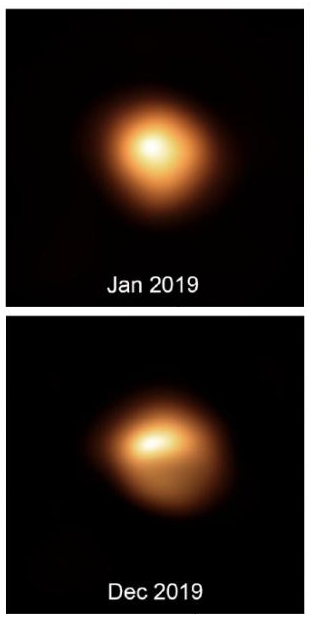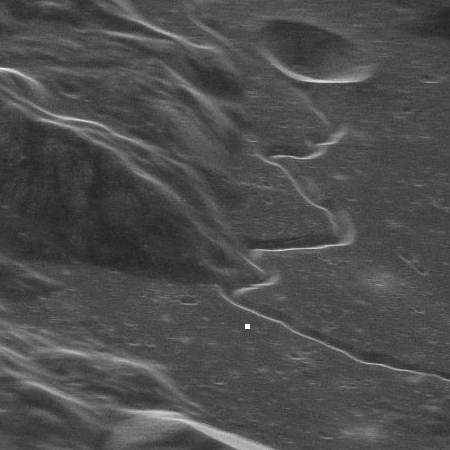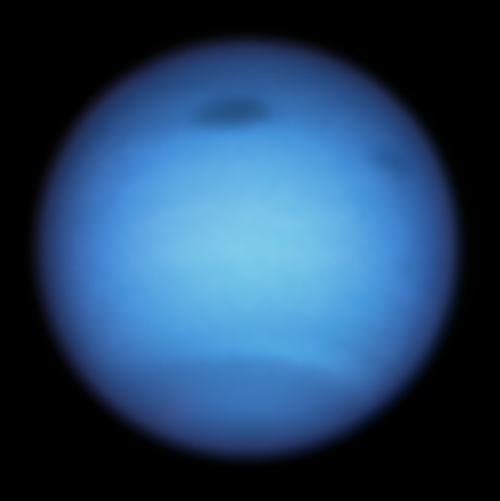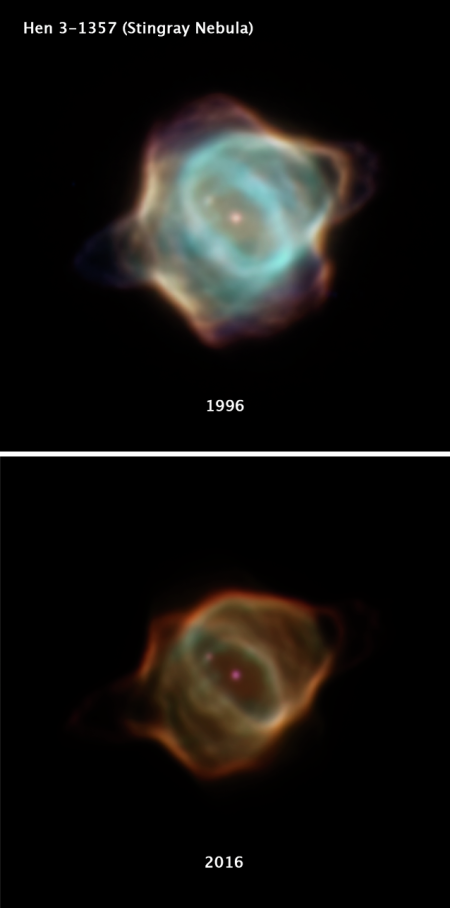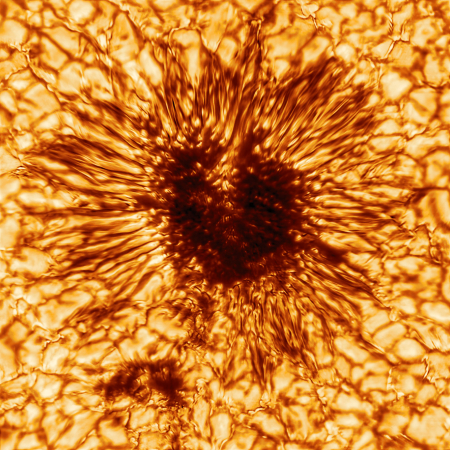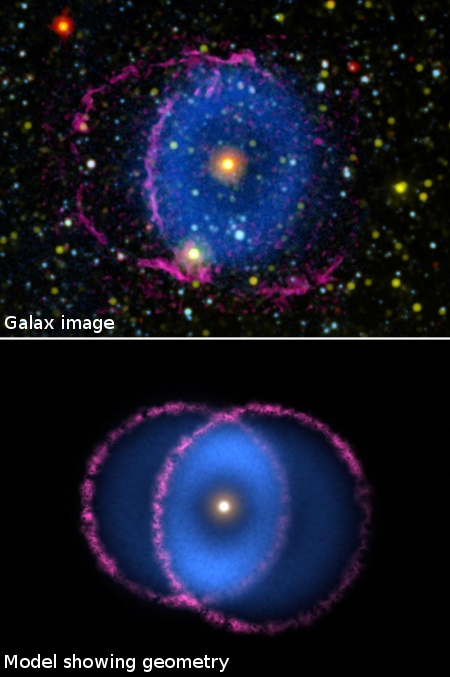New 3D atlas of all binary stars within 3,000 light years of Sun
Using data from Europe’s Gaia satellite, astronomers have now compiled a 3D map of every binary star within 3,000 light years of the the Sun — 1.3 million — including many widely spaced binaries that were previously not identified.
The one-of-a-kind atlas, created by Kareem El-Badry, an astrophysics Ph.D. student from the University of California, Berkeley, should be a boon for those who study binary stars — which make up at least half of all sunlike stars — and white dwarfs, exoplanets and stellar evolution, in general. Before Gaia, the last compilation of nearby binary stars, assembled using data from the now-defunct Hipparcos satellite, included about 200 likely pairs. “This is just a massive increase in sample size,” said El-Badry. “And it is an increase in what kinds of evolutionary phases we find the binaries in. In our sample, we have 17,000 white dwarfs alone. This is a much bigger census.”
The data has also shown that the bulk of these binaries are made up of twins, stars similar in mass, something that is surprising and as yet unexplained, especially for binaries where the stars are widely separated.
Using data from Europe’s Gaia satellite, astronomers have now compiled a 3D map of every binary star within 3,000 light years of the the Sun — 1.3 million — including many widely spaced binaries that were previously not identified.
The one-of-a-kind atlas, created by Kareem El-Badry, an astrophysics Ph.D. student from the University of California, Berkeley, should be a boon for those who study binary stars — which make up at least half of all sunlike stars — and white dwarfs, exoplanets and stellar evolution, in general. Before Gaia, the last compilation of nearby binary stars, assembled using data from the now-defunct Hipparcos satellite, included about 200 likely pairs. “This is just a massive increase in sample size,” said El-Badry. “And it is an increase in what kinds of evolutionary phases we find the binaries in. In our sample, we have 17,000 white dwarfs alone. This is a much bigger census.”
The data has also shown that the bulk of these binaries are made up of twins, stars similar in mass, something that is surprising and as yet unexplained, especially for binaries where the stars are widely separated.

